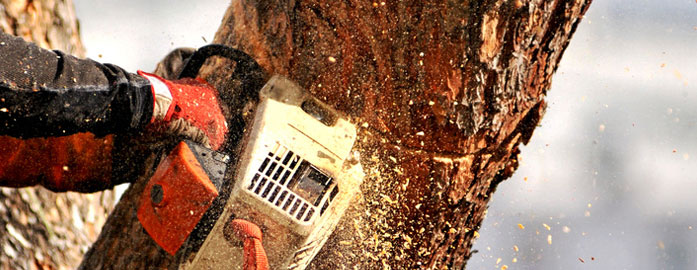How to Know if A Tree is Sick or Dying
Trees are indeed a blessing from Mother Nature. It provides a natural shelter against the heat of the sun, and a comforting home for birds, insects, and other animals. Plus, it adds beauty to our environment. That said, trees deserve the utmost care from the best tree services around.
Like humans and animals, trees are also considered living things. They are resilient even with the fiercest of elements. While humans can verbally express whenever they are sick, trees cannot. Yes, even trees can get sick, diseased, and die – even the oldest and sturdiest of trees can be prone to some kind of tree disease. In such cases, sick and dying trees need to be dealt with by reliable arborist services available.
When trees get sick
There are a lot of organisms unseen by the naked eye that lives on different trees. On one hand, trees are naturally tough and can tolerate such organisms. But on the other hand, some pathogens can overpower trees and cause the latter’s demise.
That is why a dying tree should be taken care of by emergency tree services immediately. Otherwise, the tree may eventually fall off and cause damage to your property and even compromise your safety. On a side note, there are different causes of tree diseased that need to be addressed as soon as possible.
Different types of tree diseases
There are different types of tree diseases which vary depending on the tree type. Among common ones are the following:
- Anthracnose
This type of tree disease is common among hardwood trees including black walnuts, dogwood, white oaks, and American sycamores. It is normally caused by different types of fungi that spread through spores. It is prevalent in the US where these trees grow a lot. Among common signs of anthracnose include leaf blight. Anthracnose won’t immediately destroy a tree, but it can eventually weaken it and make it more prone to other tree diseases.
- Root rot
This is another common tree disease. The root is one of the most important parts of a tree. For one, it transports water and other nutrients to the rest of the tree. It also serves as an anchor that provides stability to the tree. Larger trees have larger roots which also help in reducing the occurrence of flooding in low-lying areas. There are two ways to determine root rot – whether if there’s a presence of broken roots or fungus.
- Chestnut blight fungus
This is another type of tree disease that has almost destroyed all American chestnuts in the eastern part of the US. The disease is usually spread through spores and contaminates wounded barks. Chestnut blight fungus looks like a curled horn and has no proven cure as of now. However, it is said that research works for disease-resistant chestnut trees are currently ongoing.
Sick tree vs. a dead tree
Leaves fall off during autumn and bloom again in spring. These are the natural wonders of trees. However, some trees may not bloom in time for spring. In this case, you might wonder if there’s something wrong with the tree. In other words, is the tree sick or already dead? In such cases, you may find an arborist to determine the real condition of the tree.
There are different ways to know whether a tree is diseased or already dying. Moreover, green leaves do not necessarily equate to healthy trees. Here are some tell-tale signs you should look out for:
- Deadwood
A dead wood is dry, brittle and easily breaks even with the slightest touch. This is also the same as dead branches. Regardless, these should be removed by emergency tree services immediately.
- Presence of cracks and decay
A sick or dying tree has a presence of cracks, cankers, weak branches, or all of them. Also, the presence of fungi such as mushrooms may also be a good indicator of tree disease.
- Noticeable instability
If the tree has an irregular growth pattern, it can also be a sign of tree disease. Such symptoms may also be caused by environmental damages, incorrect or no trimming at all.
If you suspect that the tree in your backyard needs to be attended to immediately, you should hire tree removal companies near you.
Keeping trees disease-free
To keep trees in shape all year round, here are some tips to achieve that:
- Do not apply weed fertilizer around the tree’s roots.
- Provide some space around the tree’s trunks if you are mulching around your tree.
- Make sure to water trees especially during dry seasons to maintain its structure and stability.
- Trim your trees regularly.
For other tips for proper tree care, hire the best arborist services in Chevy Chase today!

